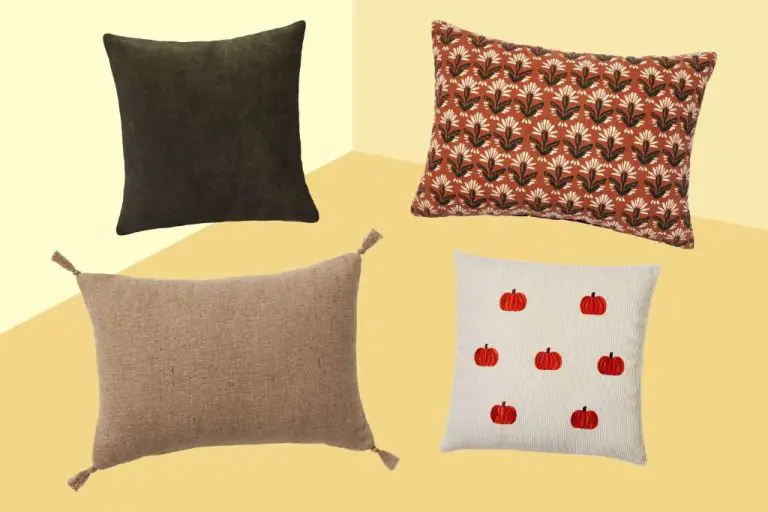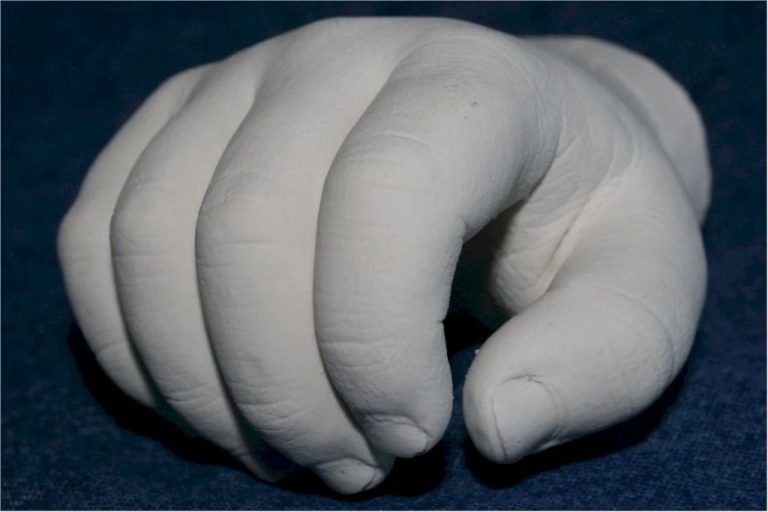What Is A Kiln Worth?
Kilns are essential pieces of equipment used for firing ceramics, pottery, glass, and other materials that require high temperatures to permanently alter their physical properties. Kilns allow precise control over heating and cooling cycles to produce consistent and predictable results when firing clay or glass.
There are many factors that determine the value of a used kiln when buying or selling. The major aspects that affect kiln value include the kiln’s size, type, brand, condition, features, materials, rarity, customization, and age. Additionally, current kiln prices on the market will influence the value of a used kiln. This guide will provide an overview of how these different attributes impact the worth of a kiln.
Kiln Types
There are several main types of kilns used for firing pottery, ceramics, glass, and other materials. Some of the most common are:
Electric kilns – These kilns use electricity to generate heat. They are very popular for ceramic work because the temperature is easily controlled with a digital controller or dial. Electric kilns heat up and cool down quickly.
Gas kilns – Gas fired kilns use natural gas or propane to produce heat. They allow operators to adjust the flame and atmosphere. Gas kilns can reach very high temperatures. Fuel costs may be higher than electric kilns.
Wood-fired kilns – These kilns use wood as the fuel source. The wood burning process can create unique atmospheric effects on the ware. Temperature control is more difficult than electric or gas kilns.
There are also specialized kilns like raku, salt, and soda kilns used for specific firing effects. The main types provide heat for firing while offering the artist different levels of temperature control and fuel sources.
Kiln Size
The size of a kiln plays a significant role in determining its value. A larger kiln typically requires more energy to fire up to high temperatures. One comparison showed that firing a small 23×27 kiln to cone 10 used around 25 kWh, while firing a large 72×84 kiln under the same conditions required over 300 kWh. See this kiln energy usage discussion for more details. This means larger kilns generally cost more to operate on an ongoing basis.
Larger kilns also occupy more physical space in a studio or workshop. The footprint can limit where a kiln can be installed and make it difficult to move. Small tabletop kilns are much more portable than large standing kilns. So a larger kiln size often adds value, but also has tradeoffs.
When determining kiln value, both the internal dimensions and external dimensions matter. A kiln advertised as 23×27 may refer to the inner chamber size or the overall external size including insulation. Larger inner dimensions allow firing more and larger pieces in a single load. But the overall external size impacts installation requirements. Check kiln dimensions carefully when assessing value.
Kiln Condition
The overall condition of a kiln plays a major role in determining its value. A kiln in poor condition with cracked bricks, worn out elements, and faulty wiring will be worth significantly less than one in pristine condition. As with most mechanical items, regular maintenance and care is key to preserving value over time.

Kilns require ongoing upkeep as the extreme heating and cooling cycles place stress on the materials. With proper care, a quality kiln can last for decades. However, neglect can lead to rapid deterioration. Cracks in the insulation bricks allow heat loss, reducing efficiency. Worn out heating elements and frayed wiring present fire hazards. Severe damage like large cracks or element blowouts can render the kiln unusable without costly repairs.
When appraising a used kiln, carefully inspect the condition inside and out. Check the bricks, mortar, and seal for any cracks or damage. Examine the wiring for fraying or burned spots. Test that the heating elements glow evenly. Issues like worn firebrick and old wiring may require replacement. Factoring in potential repair costs will give a more accurate estimate of the kiln’s true value.
Well-maintained kilns in turn command higher prices, as buyers know they are getting a fully functional unit with life left in it. Manufacturer refurbishing services are also available to bring damaged kilns back up to optimal condition. As noted in “How Kiln Environment will affect a Pyrometric Cone,” preventative maintenance helps avoid reducing conditions that could degrade the kiln.
Kiln Brand
The brand of a kiln can have a significant impact on its value. Some of the most well-known and respected kiln brands include Skutt, Paragon, Olympic, Evenheat, Jupiter, Cress, L&L, and Bartlett.
In general, kilns made by top brands like Skutt and Paragon tend to be more expensive and retain their value over time better than less expensive brands. These companies use high-quality materials and thoughtful engineering in their kiln designs.
Mass produced kilns from overseas brands like Amaco Brent and Olympic hold less value on the secondary market. While often affordable when new, these kilns may not last as long. There are exceptions though – some overseas manufacturers produce excellent quality kilns comparable to the top US brands.
Vintage kilns from defunct American brands like Duncan and Dawson may actually have high collectible value despite being less known today. Their age, history, and scarcity make them desirable.
When evaluating a used kiln’s price, the brand name alone doesn’t tell the whole story. Condition, size, features, craftsmanship and materials must also be weighed. But brand can be a useful starting point in kiln valuation.
Sources:
https://www.desertcart.com.pa/search/kiln
Kiln Features
Certain features can significantly increase the value and cost of a kiln. Automation is one of the most desirable features, as it allows the kiln to be programmed to follow precise heating and cooling cycles without constant monitoring.
According to The Ultimate Guide to Buying the Right Pottery Kiln for You, automated kilns with digital controllers allow you to “set-it-and-forget-it,” freeing up time for other projects. These sophisticated controllers can ramp up and down at specified rates, hold at target temperatures, and run multiple programs. Automation provides consistency and repeatability, which is especially important for production potters and ceramic artists.
Other valuable features include multiple thermocouples for increased temperature accuracy, special venting for atmospheric firings, lid lifts for easy unloading, and touchscreen interfaces. In general, the more customizable options and high-tech capabilities a kiln offers, the higher the resale value will be.
Kiln Materials
The material used to construct a kiln can significantly impact its value. Kilns made from refractory bricks tend to be more expensive and higher quality than fiber kilns lined with ceramic fiber blanket or board. Refractory brick is more durable, can withstand higher temperatures, and has better insulating properties than ceramic fiber (according to https://ceramichometech.com/refractory-brick-vs-ceramic-fiber-the-battle-of-refractory-materials/). Brick kilns are heavier and more rigid, while fiber kilns are lightweight and easier to move around. However, fiber kilns degrade faster and need relining every few years.
The type of brick or fiber material also matters. Firebricks made from higher grade clays that can withstand temperatures up to 3000°F are more expensive than regular firebricks rated to 2500°F. Premium ceramic fibers engineered with purity and uniformity for increased durability come at a higher cost. Kilns built with the best materials are valued considerably higher than basic brick or fiber kilns.
The thickness and density of the insulating materials impacts value too. Thicker brick walls or double-layered fiber blanket retains heat better for more efficient firings. Thin-walled kilns lose more heat,requiring more energy to achieve desired temperatures. High quality dense insulation allows kilns to cool down slower as well, which is important for proper heatwork. Overall, kilns made with premium materials, properly engineered thickness and density end up costing significantly more than bargain fiber or low-grade brick kilns.
Kiln Rarity
The rarity or antiquity of a kiln can significantly impact its value. Vintage kilns from renowned manufacturers like Skutt or L&L may be sought after by collectors and command higher prices, especially models that are no longer in production. According to L&L Kilns, used L&L kilns from the 1970s-1980s typically sell for $200-300 even though they retailed for over $2000 when new. Rare kilns by historic companies like Bartlett may also be valued by collectors.
Kilns made by defunct manufacturers can also demand higher prices based on rarity. Older kilns were often made of heavier cast iron rather than sheet metal, making antique models sturdier and more sought after. Truly one-of-a-kind custom kilns with unique designs or historical significance can potentially be worth thousands to the right buyer.
That said, condition is still key. While a rare kiln may command a premium price, it needs to be in good working order. Severe corrosion, cracked bricks, or dangerous wiring can still render an antique kiln worthless or hazardous.
Kiln Customization
Customized or personalized kilns offer added value for many pottery artists and commercial operations. Having a kiln built specifically to your needs and specifications allows for maximum efficiency and performance. Some key benefits of customized kilns include:
Optimized Size and Shape – A customized interior chamber size and shape allows you to maximize the number of pieces fired at once. This improves efficiency and lowers operating costs per piece.
Ideal Temperature Range – You can specify the exact temperature range needed for your clay bodies and glazes. This ensures fast, even firings tailored to your ware.
Personalized Features – Options like special venting, multiple shelves, extra peepholes, and custom controllers let you incorporate specialized features you need.
Durability and Longevity – Custom kilns use heavy-duty construction and the best materials to withstand frequent use and last for decades.
Aesthetic Appeal – From custom colors to personalized logos, you can make your custom kiln uniquely your own.
For many potters and ceramic artists, the benefits of a fully customized kiln are well worth the extra investment over an off-the-shelf model. The ability to get a kiln built to your exact specifications results in maximized efficiency, performance, and enjoyment in your firing process.
Average Kiln Values
The average value of a kiln can vary greatly depending on factors like the kiln’s size, condition, features, brand, materials, and rarity. However, here are some general price ranges for common electric and gas kiln types and sizes:
-
Small electric kilns (1-3 cubic feet) – $200-$800
-
Medium electric kilns (4-7 cubic feet) – $800-$2,000
-
Large electric kilns (8-10 cubic feet) – $2,000-$5,000
-
Extra large electric kilns (10+ cubic feet) – $5,000-$10,000+
-
Small gas kilns (1-3 cubic feet) – $800-$2,500
-
Medium gas kilns (4-7 cubic feet) – $2,500-$5,000
-
Large gas kilns (8-10 cubic feet) – $5,000-$10,000
-
Extra large gas kilns (10+ cubic feet) – $10,000-$20,000+
Keep in mind these are just ballpark figures. The specific make, model, age, condition, and features can make any individual kiln’s value vary significantly from these averages.


